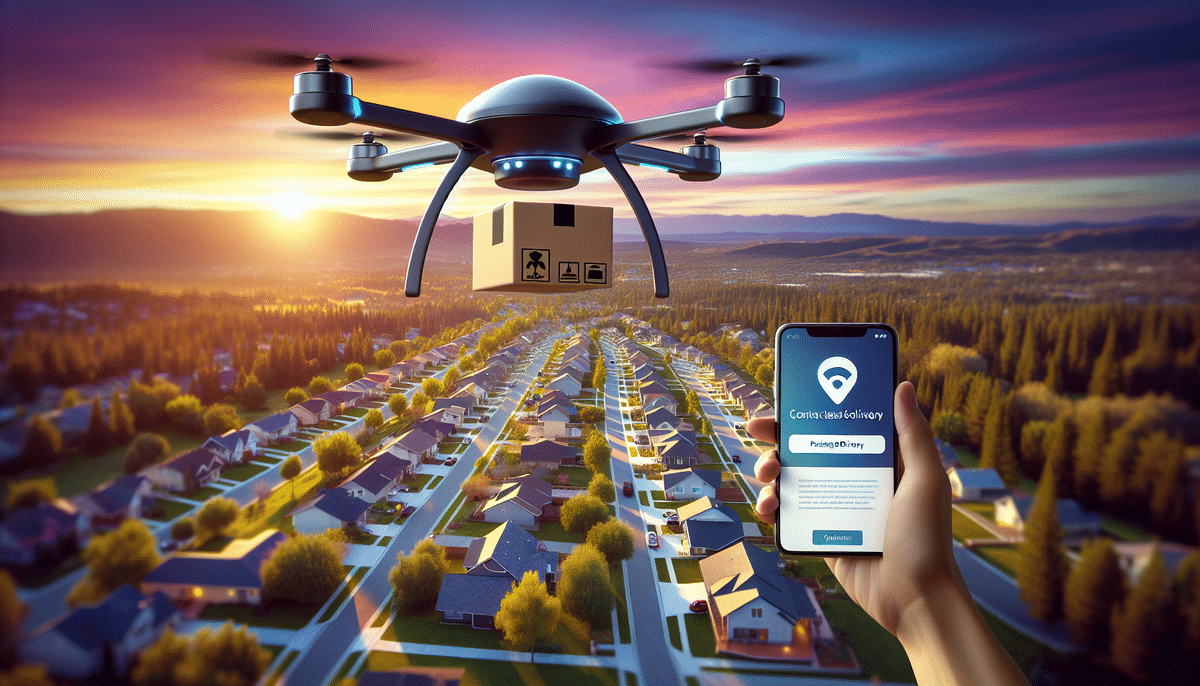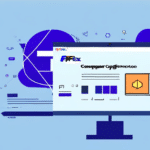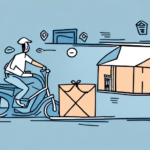Introduction to Contactless Delivery
As technology advances and the world becomes increasingly digital, contactless delivery has emerged as a popular and essential method for delivering goods to consumers. This delivery method involves the transfer of packages without any physical interaction between the delivery driver and the recipient. Typically, the driver leaves the package at a designated location, such as the customer's doorstep, without requiring a signature or face-to-face interaction.
Importance of Contactless Delivery
Health and Safety
Contactless delivery gained significant traction during the COVID-19 pandemic as a means to minimize physical contact and reduce the spread of the virus. According to a 2023 ShipScience report, 85% of consumers prefer contactless delivery for health and safety reasons.
Convenience and Efficiency
For busy individuals, contactless delivery offers unparalleled convenience. Customers can receive their packages without having to wait at home or adjust their schedules to accommodate delivery times. This efficiency not only enhances the customer experience but also allows businesses to manage deliveries more effectively.
Environmental Impact
Contactless delivery can contribute to reducing the carbon footprint of delivery services. By optimizing delivery routes and minimizing the number of trips, companies can lower fuel consumption and decrease emissions. A study by ShipScience indicates that optimized contactless delivery routes can reduce carbon emissions by up to 20%.
Benefits of Contactless Delivery
Safety and Hygiene
Besides reducing virus transmission, contactless delivery ensures that packages are handled in a safe and hygienic manner. This is particularly important for delivering essential goods and perishable items.
Cost Reduction
Businesses can lower their operational costs through contactless delivery by reducing the need for additional labor associated with traditional delivery methods. Additionally, automated systems and optimized routing can lead to significant savings in fuel and maintenance expenses.
Enhanced Customer Experience
Customers appreciate the flexibility and reliability that contactless delivery offers. With features like real-time tracking and scheduled deliveries, recipients have greater control over when and how they receive their packages.
How Contactless Delivery Works
Delivery Process
The process typically begins with the customer placing an order online. They can then choose contactless delivery as an option, specifying a convenient drop-off location. The delivery driver arrives at the designated spot, leaves the package securely, and may take a photo as proof of delivery.
Technology Utilized
Advanced technologies play a crucial role in facilitating contactless delivery. GPS and geolocation technologies help drivers locate delivery points efficiently. Additionally, mobile apps enable seamless communication between drivers and recipients, allowing for real-time updates and instructions.
Challenges and Solutions
Ensuring Accurate Deliveries
One of the main challenges is ensuring that packages are delivered to the correct location without physical confirmation. Solutions include using GPS tracking, photo verification, and providing detailed delivery instructions to minimize errors.
Customer Hesitancy
Some customers may be hesitant to adopt contactless delivery due to concerns about package security or lack of familiarity with the process. Educating customers about the safety measures and benefits of contactless delivery can help alleviate these concerns.
Future Trends in Contactless Delivery
Drone and Autonomous Vehicle Deliveries
Innovations such as drone deliveries and autonomous vehicles are set to revolutionize contactless delivery. These technologies promise faster and more efficient delivery times while further reducing the need for human interaction.
AI and Machine Learning
Artificial intelligence and machine learning are being integrated to optimize delivery routes, predict delivery times, and enhance overall logistics management. These advancements can lead to more efficient operations and improved customer satisfaction.
Sustainable Practices
The future of contactless delivery will likely emphasize sustainability, with an increasing focus on using electric or hybrid vehicles and eco-friendly packaging materials to minimize environmental impact.
Conclusion
Contactless delivery has become an integral part of modern logistics, offering numerous benefits in terms of safety, convenience, and environmental sustainability. As technology continues to evolve, contactless delivery methods will become even more efficient and widespread, shaping the future of the retail and delivery industries. Businesses that adopt and optimize contactless delivery strategies will likely gain a competitive edge in the market.






















